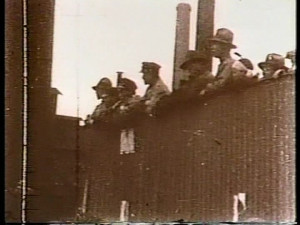
"Prokino recorded the May Day every year from 1927 to 1932. Among these films, this work is the only one that has survived. However, only its first part has survived. The original film depicts the march to the Ueno Park where the rally was dismissed."
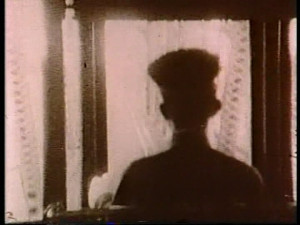
"Prokino established a newsreel unit. They shot strikes and other current events, then went out to show their films. This film concerns striking bus and trolley workers, who were often in the news. A typical agit-prop film, it contains elements of performance and reenactment."
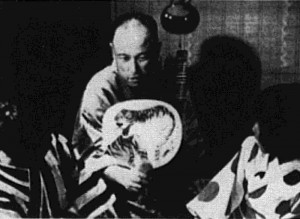
"A delightful bit of drama filmed by Kazuo Nakamura again illustrates that one does not have to travel far from his home to film a picture. This was filmed in Japan and one may assume that the maker had the cooperation of a local dramatic group. Mr. Nakamura has shown his skill and accomplishment in the finished product. It is a story within a story. The father tells his young son and daughter about the legend of the arrow which comes from nowhere to fall upon a roof. That home must sacrifice a daughter to some unknown person which in the story is a terrible old tiger. The animal, in the disguise of a man meets his fate at the hands of a god who disappears as mysteriously as he had appeared, while the villagers dance and celebrate their freedom. The children are now fast asleep. Although their native language is heard throughout, the story is easily followed. The costuming and acting are superb in their simplicity." PSA Journal, Nov. 1957, 32.
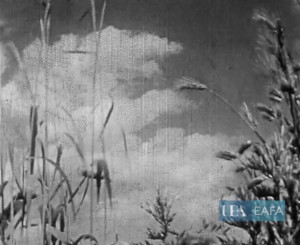
"Eastman Kodak Company prize for the finest example of photography in any out-of-door picture whether it wins a cash prize or not was awarded to Tatsuichi Okamoto, Maysuyama, Japan, for 'Early Summer,' 1 reel. This is a different subject than the one which won him second prize." American Cinematographer, Jan. 1933, 25.
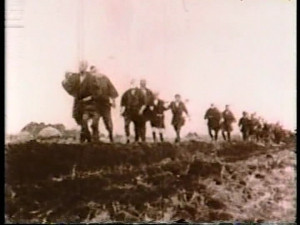
"The main agenda of the prewar farmer's movement was struggle against landowners. Prokino also considered this as their prime concern. The main title sequence and the latter part of the film have unfortunately been lost. While we cannot see its entire structure, we can still get a glimpse of it from this surviving short."
A six-minute film that documents the annual procession of the Gion Festival in Kyoto on July 17, 1941. The film opens with several consecutive intertitles explaining a brief history of the festival. As he cut from one intertitle to the next, Hattori used the splicer to create the effect of a diagonal wipe, which made it appear as if the viewers were turning a page of a book.
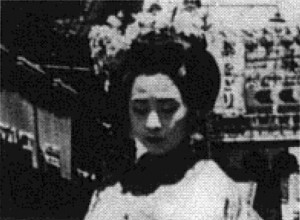
"This time Oscar visited Kyoto during cherry blossom time when all of the art activities are centered about the showy blossoms. Our filmer does take the time to do those not easy to get closeups of the children and grownups as they go about their daily chores. We visit the theatre to see the cherry blossom dance, a fitting symbol of Golden Week in Kyoto" PSA Journal, Nov. 1960, 42.
"'Japan and Its People,' Dr. Roy Gerstenkorn's educational class winner, was a pictured visit to the homes and temples of Japan. Ignoring the cities in his search for the story of the Japan that is not known to the average visitor the doctor penetrated the towns and smaller communities. His picture was awarded a high rating on its photography as well as on his treatment of the subject. After the showing of this picture before the Los Angeles Motion Picture Forum last summer the local school authorities requested and received permission from the doctor to make a duplicate of it for school purposes." American Cinematographer, Jan. 1938, 27-28.
"Ship sails from Chicago, visits Japan's ports, cities, villages, etc. Views of modern with traditional." UC San Diego Library.
Total Pages: 3